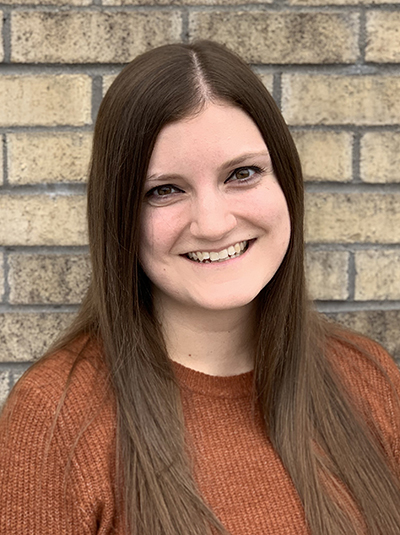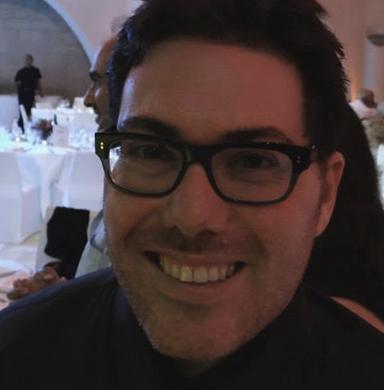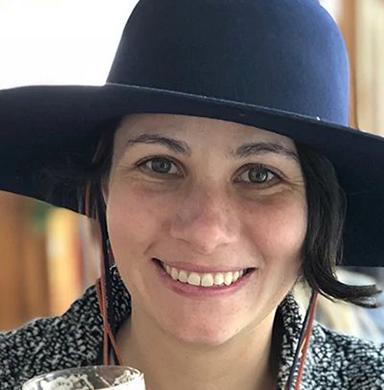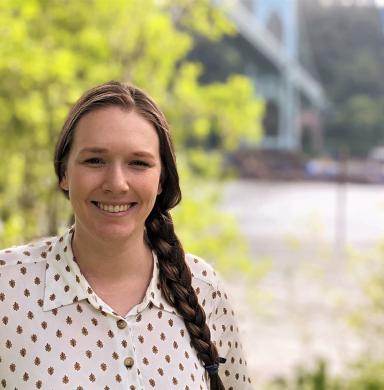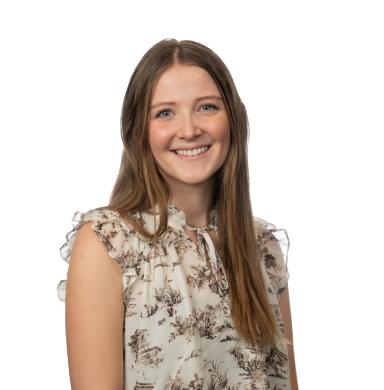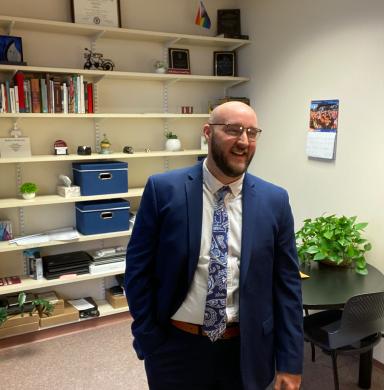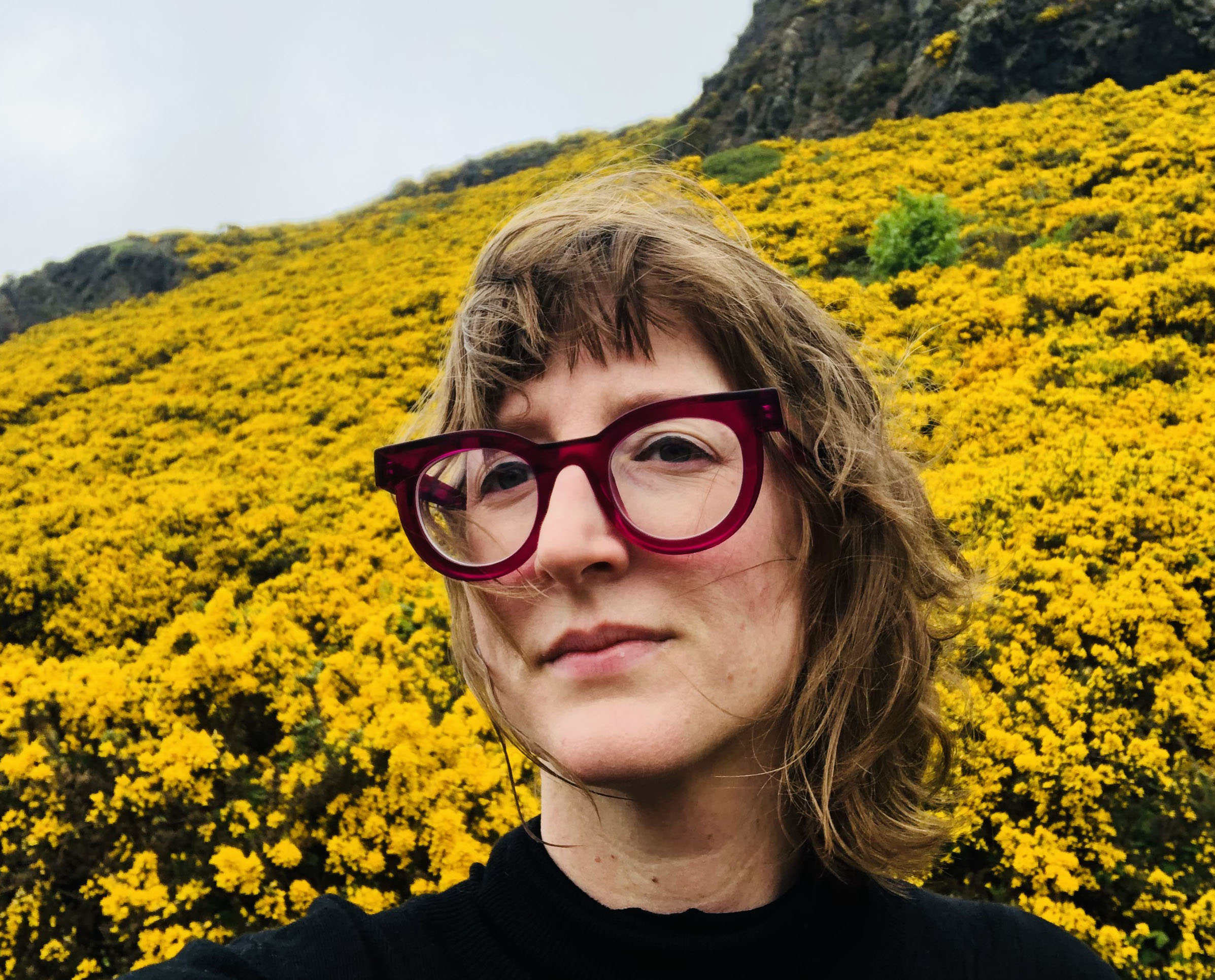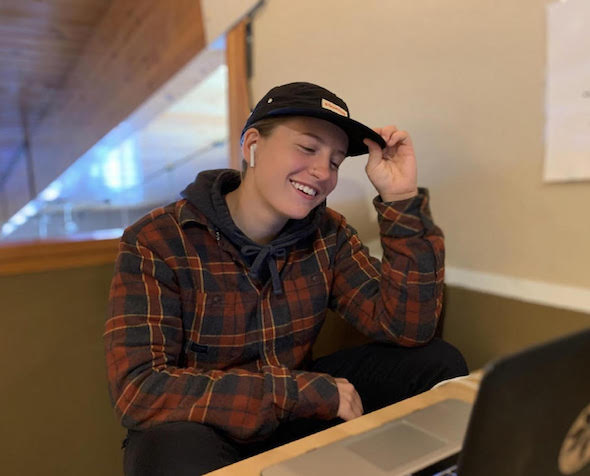Stories that Speak to Us: What the CAHSS Community is Reading, Listening to, Watching for Earth Month

Thoughtful, heartfelt stories told through literature, theatre, podcasts, film and television inspire and empower, connecting us deeply and reflectively with our personal and collective experience in ways that often reverberate throughout our lives. The CAHSS newsroom will periodically ask CAHSS faculty, students and staff to contribute their recommendations in specific categories geared toward specific topics for a new “Stories that Speak to Us” series.
As part of Earth Month and ahead of Earth Day on April 22, we asked CAHSS professors, staff and students across various disciplines to share their favorite environmental works that made a personal difference to them and, in some cases, even changed their life trajectory.
Jonathan Sciarcon, chair, Department of History, associate professor, Department of History and Center for Judaic Studies
I recommend “Nature’s Best Hope: A New Approach to Conservation That Starts in Your Yard,” by Doug Tallamy, who is a professor of Entomology and Wildlife Ecology at the University of Delaware. In this book, Tallamy demonstrates the link between loss of native plant populations and native pollinator and bird declines. He calls for suburban and urban yard owners, and habitat
managers, to transform non-native plantings, especially underutilized turf grass lawns, into native plant habitats in order to increase animal biodiversity and create more ecologically resilient landscapes.
Tallamy’s work is a great introduction to issues related to native plant ecology, ethical land stewardship, natural history and social barriers to making ecological improvements in suburban and urban neighborhoods. Having put many of Tallamy’s recommendations into practice in my own suburban yard, I can confidently say that replacing non-native, water intensive turf grass with native plants has transformed my yard into a spring, summer, and early fall pollinator habitat and a year-round buffet for birds. If you have never really thought about the differences between native and non-native plants, “Nature’s Best Hope” will give you a lot to think about and may even give you a sense of hope for the future.
Nicole Herzog, assistant professor, Department of Anthropology
My two recommendations for Earth Day reads both call attention to the importance of place and ground us to our connections with the natural world. The first is “Dream Work,” a collection of poetry by Mary Oliver. In her prose, Oliver unflinchingly explores the human experiences of vulnerability, loss and happiness using metaphors drawn from nature. Oliver's poetry resonates now more than ever as we watch the world change around us, often in distressing and difficult to
comprehend ways. One can find hope in the way that Oliver sees all of the small, mundane and sometimes painful beauty in the natural world. In Oliver's universe we and nature are one and the interwoven ways in which we come together mean that no matter what is to come, nature will serve as a guide if we care to listen.
The second book is a meditation on what it means to be not just 'from' a place, but a part of a place. From a cosmological, landscape, and historical lens anthropologist Keith Basso, in “Wisdom Sits in Places”, shares the worldview of the Western Apache of Arizona. Their perspective challenges western perceptions of what it means to be 'home'. For the Western Apache, locations, or places themselves, hold powerful meaning and the world itself is conceptualized through what has happened before and what is to come at any given place on the landscape. Place namesakes tell stories that can hold in them moral, practical and spiritual meaning, and those meanings shape what was and what can be. As the title suggests, wisdom sits in places, and as the Western Apache believe, we can gain wisdom by intimately knowing the world around us.
Alana Inlow, teaching assistant professor, Department of Sociology & Criminology
I have endless recommendations but there are two books (one fiction and one non-fiction) and one documentary I’d like to highlight. My fiction recommendation is “Oryx and Crake” by Margaret Atwood, which has elements of dystopia, romance and adventure all wrapped up in a creative critique of the Anthropocene. It provides a morbid glimpse into how our world, and all earthly species, could be affected by rapid climate change. Sometimes we need that doomsday jolt to really start taking action.
My non-fiction recommendation is a beautiful compilation of writings by several different authors
called, “Living Earth Community: Multiple Ways of Being and Knowing”, edited by John Grim, Mary Evelyn Tucker and Sam Mickey. The book takes the reader through a diverse set of understandings about the world and how humans relate to nature across cultures. In particular, the book highlights Indigenous ways of knowing and being, which is something that the broader U.S. culture often ignores. The first time I read it I started looking at the world completely differently. It forces you to recognize everything, from the smallest blade of grass to the entire human species, as an important and delicate part of the earthly community.
Lastly my documentary recommendation is “Urban Roots”, which follows a set of urban farmers in Detroit. This documentary provides a hopeful view of community building through food justice and care for the earth, and it’s free to watch through the DU library’s Kanopy subscription!
Jared Del Rosso, associate professor, Department of Sociology & Criminology
As a birdwatcher who also happens to be a sociologist, I’m drawn to nature writing that reveals the inter-relationships between humans and non-human species. I especially enjoy books that address two themes: how non-human animals adapt to urban and suburban environments and how people can cultivate landscapes that sustain biodiversity. Many of Lyanda Lynn Haupt’s books address these themes, and two — Crow Planet and Rooted — are among my favorites.
“Crow Planet: Essential Wisdom from the Urban Wilderness” is one of several books published
over the past decade or so on birds in the Corvid family, such as crows, ravens, magpies, and jays. Corvids are remarkably intelligent and adaptable birds, and Haupt’s book offers the stories, encounters, and science to prove it. But the lessons Haupt learns from her encounters with crows are equally remarkable. I often revisit Crow Planet’s chapter on wonder, which describes both the practice and spirit of urban naturalism. Haupt writes, “without the overtly magnificent to stop us in our tracks, we must seek out the more subversively magnificent. Our sense of what constitutes wildness is expanded, and our sense of wonder along with it.”
“Rooted: Life at the Crossroads of Science, Nature, and Spirit” is Haupt’s most recent book. In it she blends autobiography with ecology, eco-philosophy and theology. It reminds me a bit of a contemporary answer to Walden, though with a core and consequential difference: while Thoreau retreats from the company of others to encounter nature, Haupt moves more seamlessly among people, non-human animals, cities, suburbs, and more wild spaces.
Bella Shaw (BA ‘23) and co-president of the University of Denver Pollination Association
There are some phenomenal books and movies out there for pollinator-enthusiasts. The most comprehensive book I've read on bees so far is “The Lives of Bees” by Thomas D. Seeley. If you want to understand the behavioral differences in native and captive honeybees, this is definitely the book for you. If you're interested in animal behavior in general, I cannot recommend “Sentient”
by Jackie Higgins enough. The book explores how the mysterious and powerful senses of animals can expand our understanding and utilization of human senses.
I also recommend “Moral Ground: Ethical Action for a Planet in Peril” by Moore & Nelson, “Climate and Society: Transforming the Future” by Robin Leichenko and Karen O'Brien, and “Dire Predictions: Understanding Climate Change” by Lee Kump and Michael E. Mann to learn more about the future for pollinators and climate-related complications. These books use figures and in-depth explanations to capture future animal conservation needs. My favorite environmental films are "Tomorrow" covering ways to adapt to climate change, "Merchants of Doubt" exploring pollutants, pharmaceuticals and climate change, and "Chasing Ice" highlighting the effects of global warming. There are hundreds of well-informed texts and films exploring these concepts, but this is a great place to start if you're interested in learning more about pollinators, conservation, and sustainability.
Nathan McNichols, CAHSS Facilities & Assets Manager: Facilities, Infrastructure & Equipment, chair, Sustainability Council
A super valuable podcast that I have found helpful in developing a deeper understanding of the various concepts within the sustainability umbrella is “Sustainability Defined” by Jay Siegel and Scott Breen. Each episode picks a topic related to sustainability (as I’m sure you know, a broad term that encompasses everything from various fields in the social sciences to multiple fields within the natural sciences), and dives deep into the concept — foundational knowledge, previous efforts within the space and current events.
Some documentaries that I have found really beautiful and fascinating:
Our Universe
A Netflix original, starring Morgan Freeman as the narrator, which takes a deep dive into the mysteries of the cosmos. I’m a huge fan of everything sci-fi, from “Star Trek” to “Star Wars” (and even the more esoteric ones like “Firefly” and “Farscape” so this documentary was right up my alley. It’s no secret that our shared planet is special, and I feel like the more we learn about our universe, the more special the earth becomes.
The works of David Attenborough: Planet Earth; A Life on Our Planet
Some notable documentaries of David Attenborough’s that I have really appreciated are “Planet Earth” (both one and two) and “A Life on Our Planet,” which I found to be an awesome summary of Attenborough’s work, which also includes his perspective on what needs to change for the planet to continue supporting life into the future.
One of the most insightful books that I have read (up to this point) pertaining to sustainability and regenerative futures is “The Age of Sustainable Development” by Jeffrey Sachs. It’s an in-depth dive into the deep and wide ocean of sustainability, discussing everything from demography to economics to the science behind greenhouse gases. It has been a key resource in building a deeper understanding of the challenges that humanity faces, particularly from a perspective of economic obstacles to sustainable growth. This book comes with the forewarning that it’s not a light read; it can be dense in parts; however, if one has a desire to learn more about the complexity and nuance of sustainability, I’d strongly recommend it.
